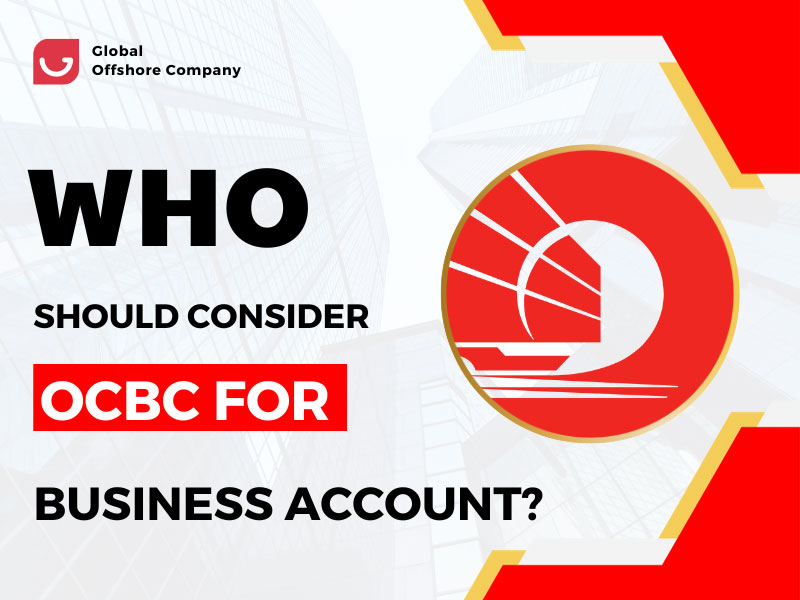Digital banking vs Neo banking
In the ever-evolving landscape of financial services, two terms that have gained prominence are "digital banking" and "neo banking." While they both represent a shift towards modern banking solutions, they have distinct features and cater to diverse customer needs. In this comprehensive guide, we will delve into the differences between digital banking and neo banking, highlighting their unique characteristics, functions, and the impact they are making in the world of finance.
Digital Banking - The Evolution of Traditional Banking
Digital banking, also known as online banking, is the digital transformation of traditional banking services. Here are key features and distinctions associated with digital banking:
1. Traditional Roots:
Digital banking typically involves traditional banks or financial institutions that expand their services into the digital realm.
2. Comprehensive Services:
Digital banks offer a wide array of banking services, including savings accounts, checking accounts, loans, and credit cards.
3. Legacy Institutions:
Many established banks have embraced digital banking to provide their customers with online access to their financial products and services.
4. Physical Branches:
Some digital banks may still maintain physical branch locations, giving customers the option to conduct in-person banking.
5. Regulatory Compliance:
Digital banks are subject to the same regulatory requirements as traditional banks, ensuring a high level of financial security and customer protection.
6. Customer Support:
Customer support for digital banks is typically available through traditional channels such as phone, email, and in-branch services.
Neo Banking - The Disruption of Traditional Banking
Neo banking is a disruptive force in the financial industry, challenging the status quo of traditional banking. Here's what sets neo banking apart:
1. Digital-First Approach:
Neo banks are entirely digital and branchless, focusing on providing banking services exclusively through mobile apps or web platforms.
2. Specialized Services:
Neo banks often offer specialized financial services such as budgeting tools, expense tracking, and innovative ways to save and invest.
3. Collaboration with Traditional Banks:
Neo banks collaborate with traditional banks to provide financial products. They often partner with established banks to offer FDIC-insured deposit accounts.
4. Global Accessibility:
Neo banks frequently operate internationally, allowing customers to access their accounts and conduct transactions across borders.
5. Regulatory Innovation:
Neo banks are often licensed as technology companies or financial technology (FinTech) firms, which allows them to experiment with innovative financial products.
6. Customer Support:
Neo banks typically offer customer support through in-app chat, email, or phone, with an emphasis on digital channels.

Key Differences Between Digital Banking and Neo Banking
| Digital Banking | Neo Banking | |
|---|---|---|
| Legacy vs. Disruption | Represents the digital evolution of traditional banks, maintaining a legacy approach. | Embodies a disruptive, digital-first approach that challenges traditional banking norms. |
| Services Offered | Provides a full suite of banking services, similar to traditional banks, including loans, credit cards, and more. | Focuses on specialized, innovative services such as budgeting tools, expense tracking, and unique saving and investment options. |
| Physical Presence | May retain physical branch locations, giving customers the choice of in-person banking. | Is entirely branchless and operates exclusively through digital platforms and mobile apps. |
| Regulatory Compliance | Complies with the same regulatory standards as traditional banks, ensuring customer protection. | Often operates under innovative regulatory models that enable experimentation with novel financial services. |
| Customer Accessibility | Primarily targets existing bank customers looking for digital access to their accounts. | Appeals to a younger, tech-savvy demographic seeking innovative financial tools and international accessibility. |
Embracing the Future - The Synergy of Digital and Neo Banking
The financial services industry is witnessing a convergence of digital banking and neo banking, resulting in a harmonious blend of traditional and innovative approaches to banking. This synergy presents opportunities for customers to enjoy a wide range of services that cater to their unique financial needs.
Traditional banks are adopting digital features and collaborating with neo banks to offer customers the convenience of digital access and the innovative services that neo banks provide. Meanwhile, neo banks are enhancing their offerings to provide a more comprehensive suite of services, including deposit accounts and international financial solutions.
Customers stand to benefit from this evolution of banking by having access to a wider array of financial services, greater flexibility, and the convenience of managing their finances in a way that suits their lifestyle and preferences.

Conclusion - Navigating the Banking Landscape
As the world of banking evolves, understanding the distinctions between digital banking and neo banking is crucial for making informed financial choices. The future of banking is dynamic and customer-centric, offering a wide spectrum of services to meet the diverse needs of individuals and businesses.
Embrace the evolving banking landscape, explore the offerings of both digital and neo banks, and leverage the services that align with your financial goals and preferences. The synergy of traditional banking, digital banking, and neo banking ensures that the future of banking is a landscape of choice and innovation, where customers are at the center of the financial experience.
To understand more about banking terms and expertise, come to G.O.C - management consulting business and work with us. Global Offshore business specializes in offshore business formation and related ongoing activities such as banking assistance, outsourced bookkeeping, accounting & taxation, auditing, and relocation work permits. We are certain that with a broad network of local service providers and financial institutions in more than ten countries, we can provide knowledge and strategic guidance that is aligned with your business's goals.

*Disclaimer: This article is for informational purposes only and does not constitute legal or financial advice. Consult with professionals before making any financial decisions.*

.png)









